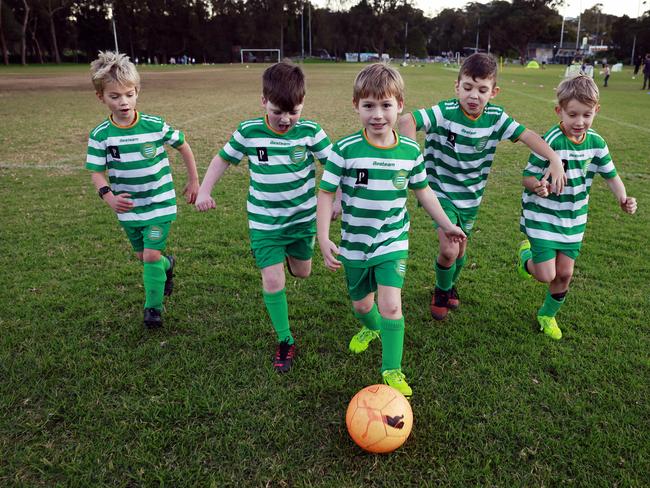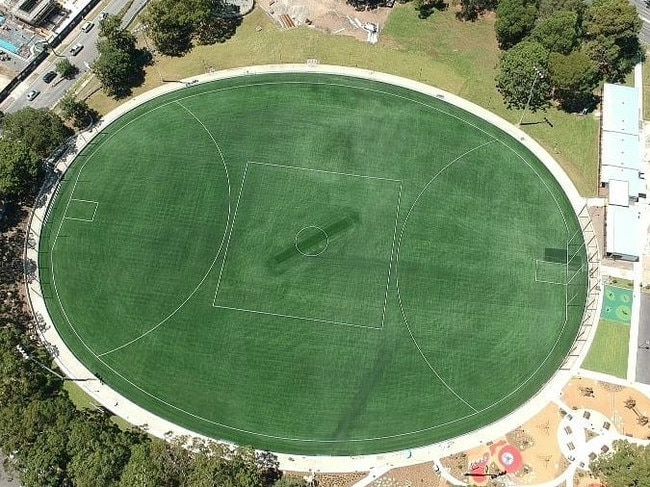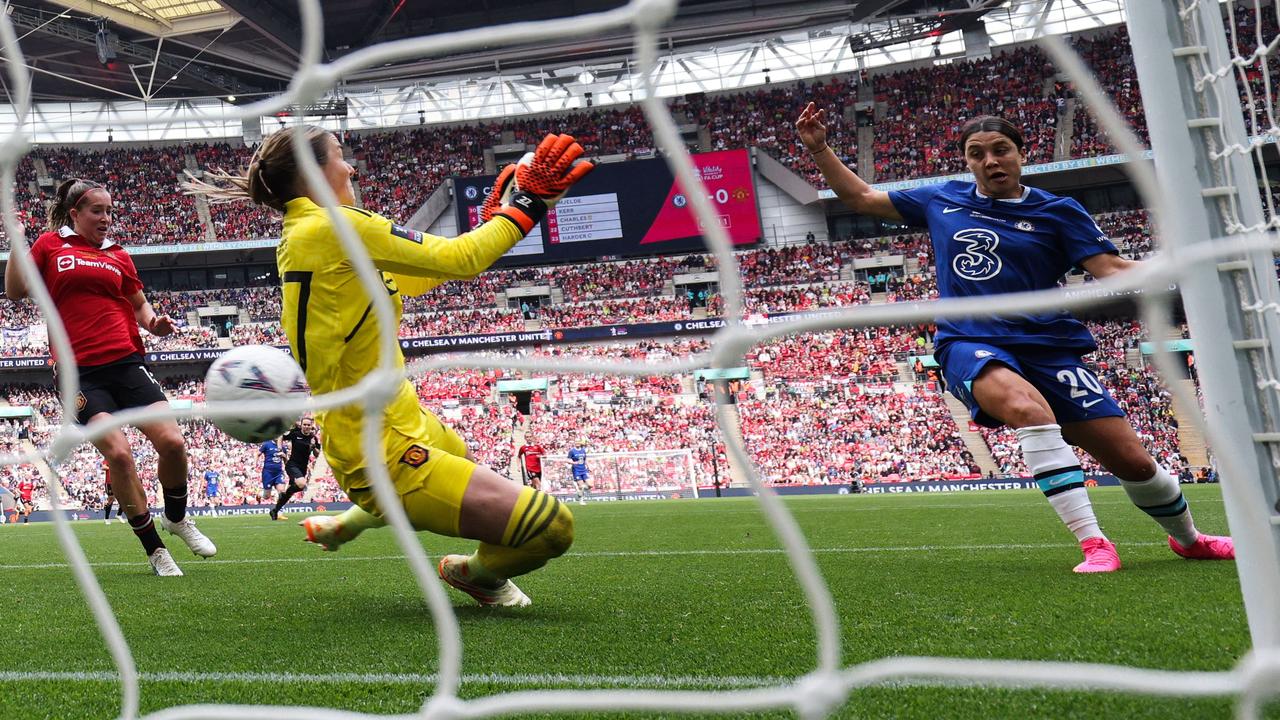Sydney councils’ see synthetic sports fields as solution to sodden ovals and washed-out fixtures
Councils have copped plenty of heat over closing wet fields and putting weekend sport on hold, but some have found a potential long-term solution to combat their lack of fields.

It’s frustrating weekend sporting warriors, though the closures of sports fields due to rain in Sydney over the last month is a symptom of a bigger issue; we do not have enough sporting fields to cope with demand.
And while the officiousness of local councils is the main target of wrath, those councils also hold the key to one realistic avenue for improvement - going synthetic.
“I think a large proportion of the sports community sees that as the answer,” says Dana Spence, Manager of Sport and Recreation at Camden Council in south west Sydney.
Sydney councils have joined colleagues from around Australia to hear Martin Sheppard of Smart Connection Consultancy and others talking about synthetic turf as part of this week’s National Sports and Physical Activity Convention in Melbourne.
“Most natural turf people who manage fields on behalf of councils, normally say they can take 25 to 30 hours a week of use,” Sheppard, who consults to councils, Hockey Australia, the NRL, Football Australia and the AFL on synthetic fields, tells CODE Sports.

“But in essence, natural turf fields start falling apart after 20 hours even though many councils invest significant time to get 30 hours out of them,” Sheppard says.
When it rains that can be reduced further if drainage is not effective, as has happened across Sydney.
This compounds the issue that Australia does not have the natural field capacity to meet current demand, let alone a society where we are trying to increase sports participation for health reasons.
At the convention Camden, Parramatta and other councils explained the need for hundreds of sports fields to cope with current and future demand.
“That’s where people are starting to think, can synthetics help?,” Sheppard says.
Sheppard says a synthetic field can withstand double to three times the hours of use, and double the number of foot traffic, while being largely unaffected by rainfall.
“Natural turf normally has to rest in summer to regrow and get renovated whereas synthetics can go all the way through,” he adds.
“So you’ve got three variables that have a multiplier effect. That takes it from 100,000 kids hours of play on a field to 300,000 hours.”

Technology and attitude change among sports have changed the adaptability of surfaces too.
“Ten years ago each football code wanted to do their own field, but now there’s an understanding that we have to share.”
One synthetic field now has the ability to host two soccer/ rugby fields, an Australian rules oval and a cricket pitch.
Across Australia, many councils that have been vaguely interested in the concept are now at a point of a decision based on absolute needs, rather than any innovation crusade.
Camden Council has been one of the most liberal councils in the recent wet spell, empowering clubs to make the call on playing fields, but as the fastest growing region in New South Wales it knows soon they will no longer have any room for kids to play.
“Rather than shy away and think it’s all too hard, we had to come up with a solution,” says Spence.
That solution is synthetic fields, but it’s a nuanced approach.
The council is pioneering a ‘hub and spoke’ approach which sees a synthetics field sitting in the middle of natural fields and being shared around to alleviate the stress.

“With the hub and spoke model you don’t give a synthetic field to one club, you use it to rest fields or allow a club whose ground is getting renovated to use it for a while so that everybody gets a chance,” she says.
It means in recent times of large rainfall, an equal share of training could be moved to the synthetics field to preserve the natural fields for game days and stop the ‘closed’ sign going up like it does now in other areas.
It is in the process of regenerating an existing field in that manner, and has future plans to build all greenfield sites with this philosophy.
“It’s a solution that fits everybody but you’re not delivering the benefit to just one club.”
Synthetic turf is not without its issues. As Sheppard says “you can’t just buy this turf at Bunnings.”
Councils were warned this week that while day-to-day upkeep costs reduce, there are significant medium term costs in replacing synthetic covering. However the cost analysis of hours used still makes it compelling on a balance sheet.

One of the worries in the early iterations of synthetic grounds was the environmental effect, from water runoff to the materials used.
It’s a hangover that continues with sports planners today in more established urban areas, who have real issues in trying to argue against colleagues and councillors on the perceived negative environmental effect.
Sheppard says there has been significant progress in using more environmentally-friendly materials.
“The industry is going away from rubber infills to have organic infills,” he says.
“The yarn that was a plastic is now being made from sugarcane rather than the petrochemical industry. The shock pad is nearly always recycled, and we have a recycling plant for synthetic turf too. ”
Sheppard says currently Australia has 350-400 synthetic fields being used for football codes and cricket that traditionally use natural grass.
“Within ten years we’ll need to get that to 500-600 to cope with demand, together with an additional 2000 natural grass fields.”
Yet do not fear that synthetic fields will start to take precedence over the natural beauty of a sport on grass.
Sheppard believes that if just 3% of our fields are synthetic, we’ll be much better placed to cope with demand.
And we may find novel places to put those fields.
They may be on top of buildings or, in the case of a current project with the University of Queensland, a synthetic football and hockey field sitting above a car park.
“There’s ways we can be a bit more imaginative now.”






To join the conversation, please log in. Don't have an account? Register
Join the conversation, you are commenting as Logout